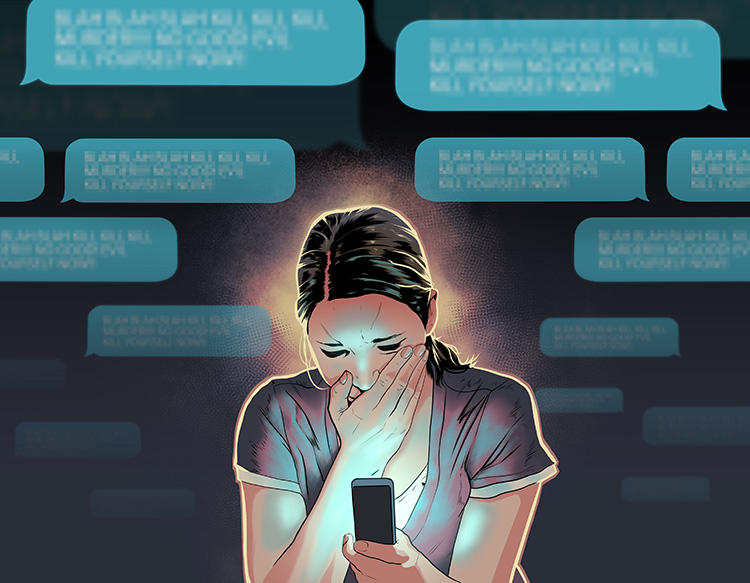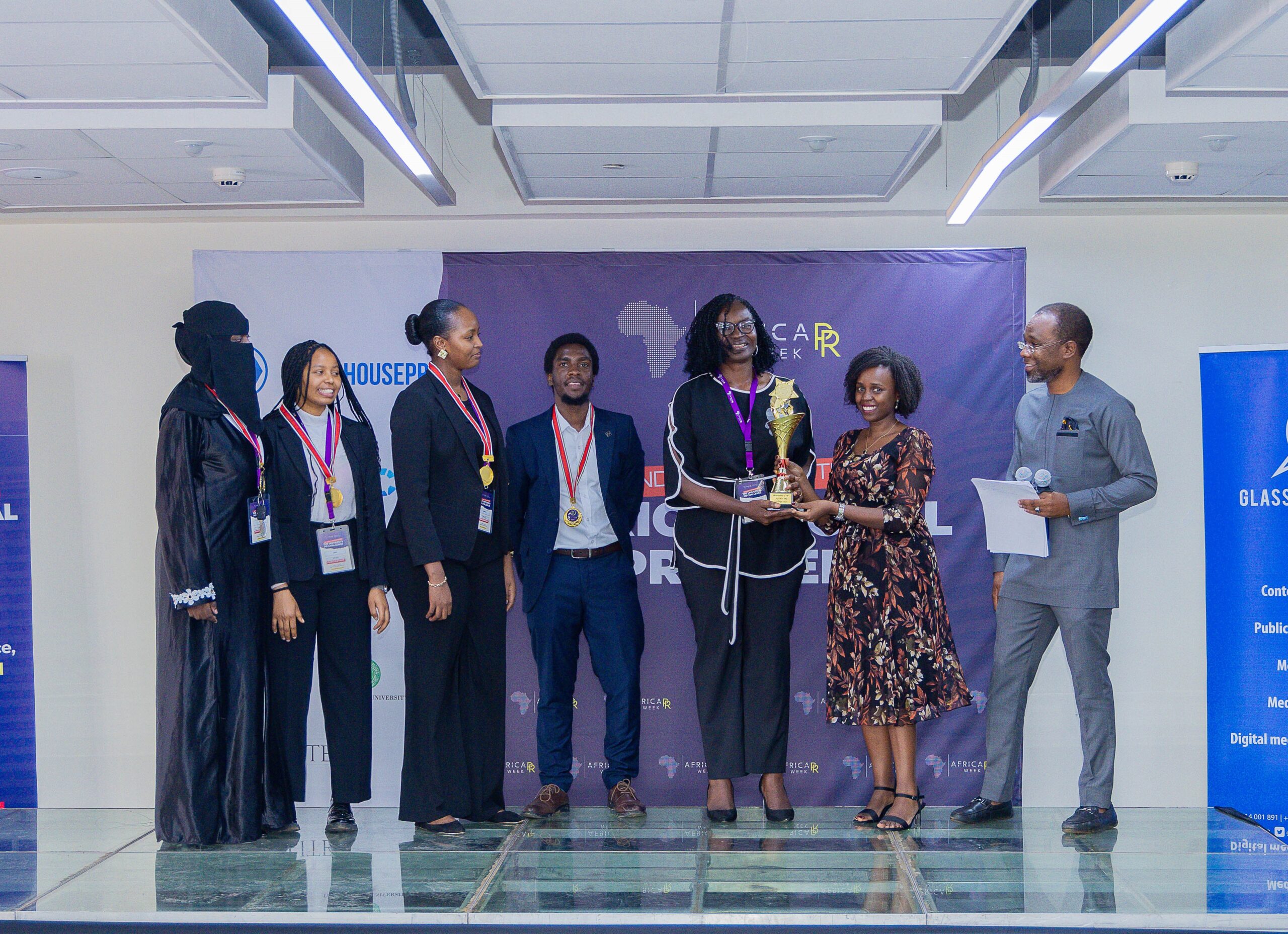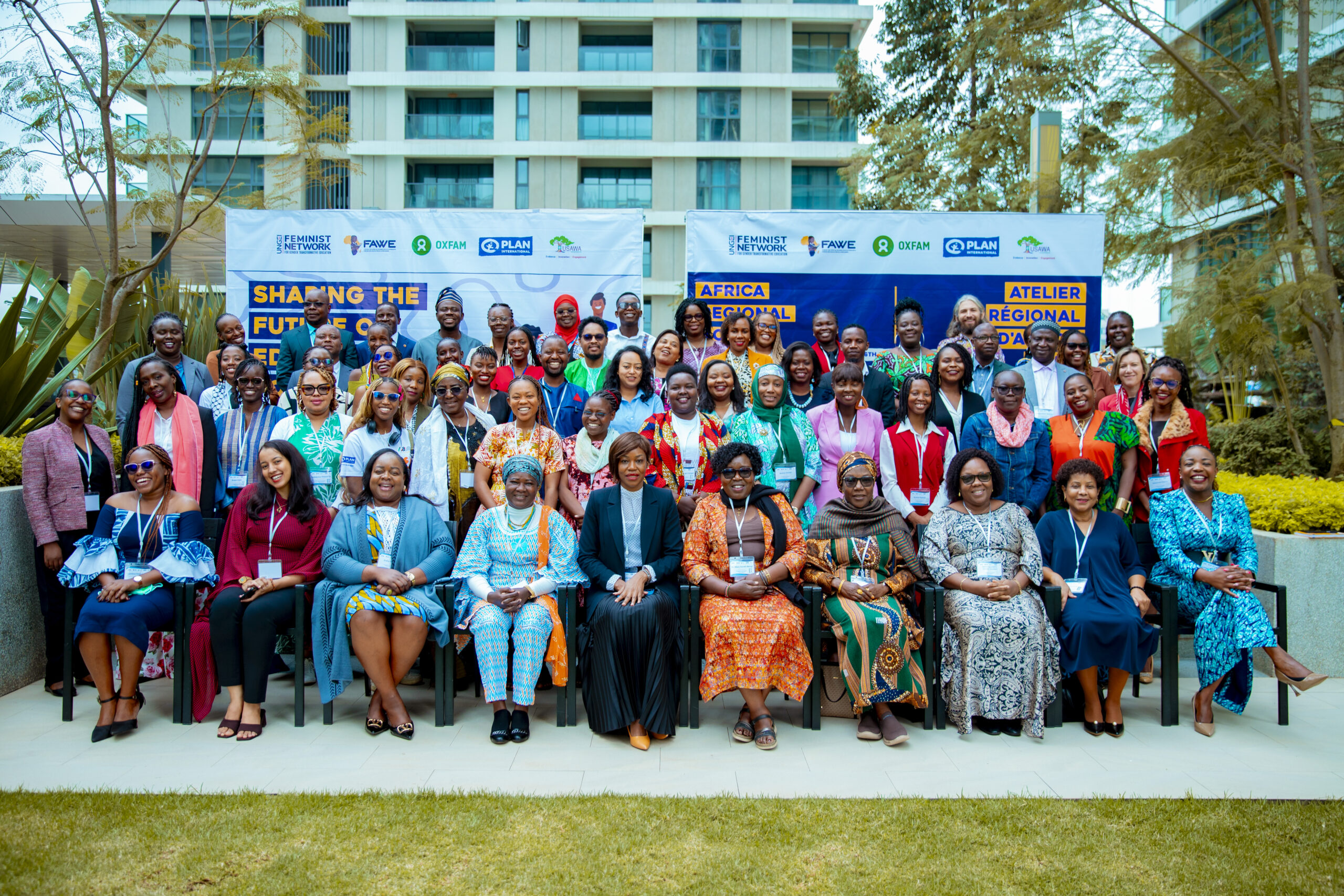The Dark Side of the Digital Age: Women’s Online Safety in Kenya

In the digital era, the internet and social media have become an integral part of our lives.
While they offer numerous benefits, such as connecting people and providing a platform for self-expression, they also harbor a darker side.
Women, in particular, are facing a rising tide of online bullying, harassment, and attacks, which can have severe consequences on their mental health, well-being, and even their lives.
Globally, the statistics are alarming. According to a 2020 report by the World Wide Web Foundation, one in three women worldwide have experienced online harassment, with 40% of women reporting that they have experienced online harassment in the past 30 days.
The same report notes that women are more likely to experience online harassment than men, and that the most common types of online harassment include insulting or degrading comments, threats of physical violence, and sustained harassment.
In Kenya, the situation is no better. A 2020 survey by the Kenya National Commission on Human Rights (KNCHR) found that 61% of women in Kenya have experienced online harassment, with 45% of respondents reporting that they had experienced online harassment in the past year.
The most common forms of online harassment reported by women in Kenya include cyberstalking, online insults, and threats.
The impact of online harassment on women in Kenya can be severe. A 2019 study by the University of Nairobi’s Department of Gender and Development found that women who experienced online harassment were more likely to experience depression, anxiety, and post-traumatic stress disorder (PTSD). In extreme cases, online harassment can even lead to physical harm, including violence and even death.
One Kenyan woman who has experienced online harassment firsthand is activist and journalist, Jane Mwangi. In 2018, Mwangi was subjected to a barrage of online abuse, including death threats and sexist slurs, after she wrote an article criticizing a prominent politician.
“It was like a tsunami of hate,” Mwangi recalled in an interview. “I received hundreds of messages on Twitter, Facebook, and WhatsApp, all of them threatening me, calling me names, and telling me that I should be killed.”
Mwangi’s experience is not unique. Many women in Kenya have reported similar experiences of online harassment, often at the hands of men who seek to silence them or intimidate them into not speaking out on issues of public interest.
The reasons for online harassment of women in Kenya are complex and multifaceted. They include deeply ingrained societal attitudes towards women, which view them as inferior to men and subject to their control.
They also include the lack of effective regulation and enforcement of online safety laws, which allows perpetrators to act with impunity.
So, what can be done to address the issue of online harassment of women in Kenya? The Kenyan government has taken steps in recent years to address the issue, including the establishment of a task force on online safety and the introduction of legislation aimed at preventing online harassment.
However, more needs to be done. Civil society organizations, social media companies, and individuals all have a role to play in preventing online harassment and supporting survivors.
This includes reporting online harassment to the relevant authorities, providing support and resources to survivors, and working to change societal attitudes towards women.
As Mwangi noted, “We need to create a culture of zero tolerance for online harassment. We need to make sure that women can express themselves online without fear of being attacked or silenced. We need to take back the internet and make it a safe space for all women.”
Statistics:
61% of women in Kenya have experienced online harassment (KNCHR, 2020)
45% of women in Kenya have experienced online harassment in the past year (KNCHR, 2020)
1 in 3 women worldwide have experienced online harassment (World Wide Web Foundation, 2020)
40% of women worldwide have experienced online harassment in the past 30 days World Wide Web Foundation, 2020)
Women are more likely to experience online harassment than
men (World Wide Web Foundation, 2020)





